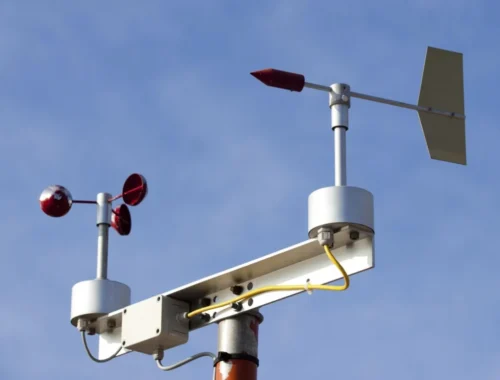South Africa’s Raynard Tissink: “Sometimes ignorance is bliss when it comes to Ironman”
Having retired from professional Ironman racing, Raynard now runs a successful coaching business with his wife in his home town of Port Elisabeth. Here’s his advice on making your M-dot debut…
What do most newcomers to Ironman battle with?
The biggest battle for most newcomers to Ironman is the swim leg. The prospect of a 3.8km ocean swim can be quite daunting for someone who isn’t from a swimming background.
If you don’t have much swimming experience it definitely helps to consult a professional swimming coach to help you with stroke correction and how to develop a proper technique.
>>> Perfect your Ironman swim pacing
What advice would you give to someone who has never done a triathlon who is thinking of taking up the sport?
I’d probably advise them to start with a shorter distance triathlon like a sprint or 5150. If those go well they can start looking at longer distances like 70.3 or full Ironman.
Would you advise against doing an Ironman as your first triathlon?
Not necessarily. It all depends on your athletic ability and whether or not you already have some endurance experience. If you’re fairly confident in your athletic ability and you have some endurance sport experience then it’s certainly possible to do an Ironman as your first triathlon.
In fact, some people find their first Ironman to be the easiest because they are fairly oblivious to the pain that lies ahead. It can actually be harder the second time around so sometimes ignorance is bliss when it comes to Ironman.
It’s all about the bike in the second leg of #SBIronman #IMAfricanChamps pic.twitter.com/IboeQdz9dk
— Standard Bank Group (@SBGroup) March 29, 2015
How much training do you need to do to complete an Ironman?
>>> Ironman: how many hours of training a week do you need?
If your aim is simply to finish then you don’t really need to train quite as hard as most people think. If you cover the 3.8km swim, the 180km cycle and the 42.2km run in smaller segments each week, and you stick to that for six months, then there’s no reason why you shouldn’t finish an Ironman barring injury or unforeseen events.
However, if you want to do well then you really have to put in the hard yards. A big part of Ironman racing is mental as well as physical toughness. You need to train regularly to get your body accustomed to long bouts of endurance racing but in the end it’s your head that gets you through it.
Click Here: Pumas UNAM soccer tracksuit
What sort of recovery tips do you have for Ironman athletes?
>>> Chrissie Wellington on… Recovering from an iron-distance triathlon
This is where it gets tricky as a lot of the science can be quite contradictory. Personally I favour active recovery in the form of very light exercise very soon after your race. Ideally you want to do a light 30 minute ride or a slow run to flush out your muscles the day after your race.
The body repairs muscle by increasing blood flow to the affected area and light exercise is a great way to get the blood flowing again. If you suddenly do nothing after months of training and a hard race it can send your body into shock, which is when you build up lactic acid and essentially seize up.
Where do most people stumble when it comes to Ironman?
>>> Free Ironman training plans
Most people stumble during the bike leg, although sometimes they only realise this on the run. Strong cyclists often go too hard on the bike and then pay for it on the run while strong runners are often unable to utilise their running strength because they’ve exhausted themselves on the bike.


